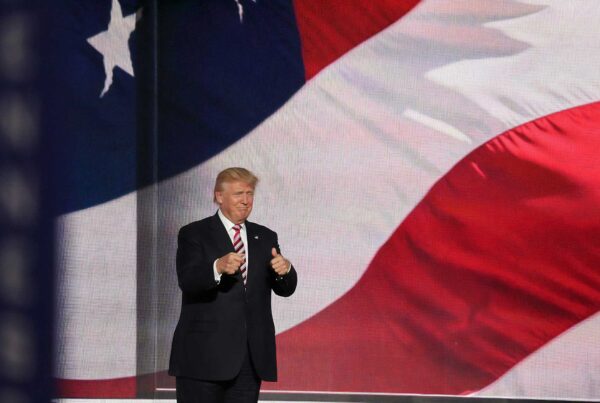Since the inception of the Fraud Detection and National Security (FDNS) Unit at USCIS in 2007, the watchword as been that there is actually fraud in every immigration case, sometimes USCIS just has to look really hard to find it. Egged on by current anti-immigrant shill Senator Chuck Grassley from Iowa, “whistle-blowers” at the California Service Center have been feeding Senator Grassley “information” about being “forced” to approve cases they do not think should be approved. Of course, there is no evidence that any of this actually occurred, or which cases were supposedly approved that should not have been.
A factual basis notwithstanding, the USCIS has been on a witch-hunt on H-1B petitions for several years now. First it began with a huge new crackdown on Requests for Evidence on filed cases, which for years were approved without question, but which now are routinely denied. As noted in one report: ” For H-1B petitions, the Request for Evidence rate rose from 4 percent in FY 2004, to 18 percent by FY 2007, to a high of 35 percent in FY 2009.” It was followed by the creation of “site visits” by temporary or contracted employees of USCIS to the actual workplace of each H-1B workers, exceeding more than 30,000 site visits annually, With only 1 percent of these audits leading to a fraud investigation. A fraud rate far below that of virtually any other government program. All of these efforts to root out fraud point to zero indication of systemic fraud. I am not saying we should tolerate fraud. What I am saying is that the level of fraud that USCIS and Senator Grassley think exists, simply does not empirically exist.
Which leads us to today. USCIS released, pursuant to a FOIA by attorney David Gluckman, a June 3, 2013 memo labelled, “Revised H-1B Anti-Fraud Operational Guidance.” This guidance memo has redacted the sentence on the first page which would give insight into exactly how much fraud USCIS has discovered in the five years it has been conducting H-1B benefit fraud analysis. How convenient. The memo then talks about the additional “training tools” and compliance review programs that “leverage advancements in technology” to discover and unearth fraud. Frankly, it sounds a lot like what the folks over at the NSA have been doing of late.
The memo points to four areas in which USCIS has made “operational enhancements” since October 2008.
1. ASVVP (Administrative Site Visit and Verification Program). The basic conclusion here is that, while it is true USCIS has not found any real systemic fraud, and these site visits are not predicated on fraud, they help USCIS develop “possible fraud indicators” without indicating an example of what those might be.
2. VIBE (Validation Instrument for Business Enterprises). Essentially this program requires each company who wants to hire an H-1B employee to register their company with Dunn and Bradstreet’s service, and then be subject to the hard sell of paying for additional services from D&B. My friend Angelo Paparelli did a great job addressing the pain that is VIBE back in 2009. It is really not so new.
3. Training. Apparently, USICS has created a “standardized training course” on fraud detection. Of course, it refused to release this training course through a FOIA, and had been subject to a lawsuit by the American Immigration Council for these materials. A final decision in the case remains pending.
4. FDNS-DS Data. This the database system created by the FDNS unit within the USCIS, is presumably a giant database with cross references and query capabilities to search for any term and displaying all information about the petitioner, the applicant, or the beneficiary. The system is designed to allow adjudicators the ability to “catch” an act of fraud. It is also a terrific way to match prior applications, prior employers, and prior beneficiaries for positions, allowing adjudicators a significantly increased investigatory role in the application process. Literally, giving them the ability to search for fraud where it does not exist. This last point is perhaps the only important point of the memo. The conclusion here is that USCIS can now follow all applications, electronically, beginning to end, for all employers and prospective employees
What does this mean for employers? Simple. If an employer is filing inconsistent applications, tailoring positions to applicants, or even unintentionally doing so by using multiple law firms to handle their applications, they are putting themselves at risk of a Request for Evidence and a denial for “fraud” even if there is no intent to deceive involved. Much like those who object to data collection by the NSA, USCIS has taken its own database, quantified it, and made it into a mechanism to castigate employers when it so desires. The take away for employers is simple. Control your immigration filing process. Subject it to internal audit, and ensure complete consistency in filing of petition with USCIS. It is obviously much more important than anyone realized.




